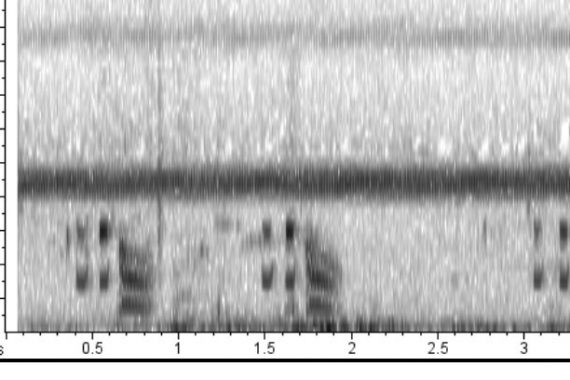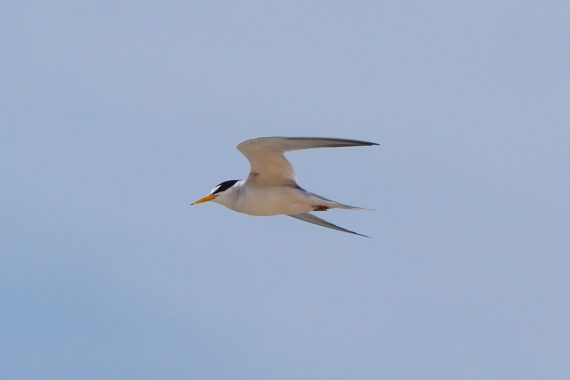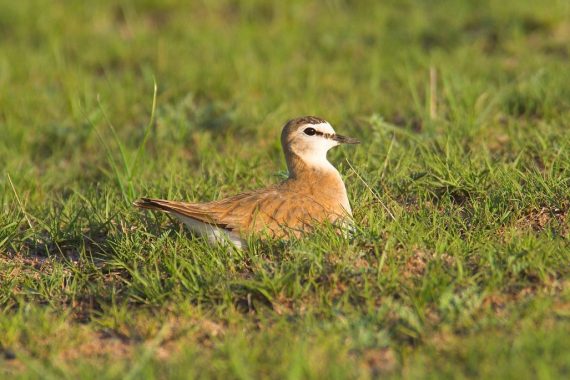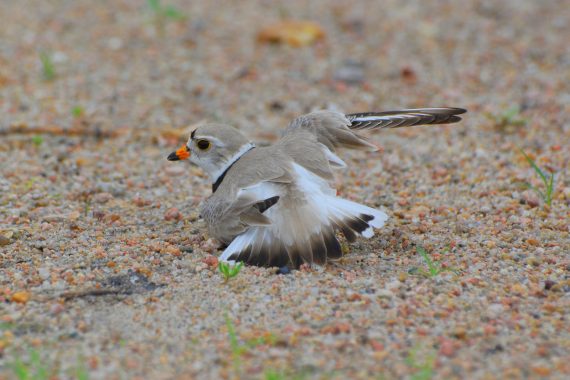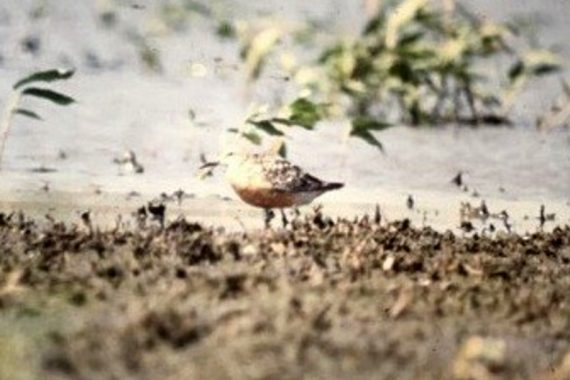Species listed below are listed as endangered or threatened under the Nebraska Nongame and Endangered Species Conservation Act and/or the federal Endangered Species Act.
BLACK RAIL
Laterallus jamaicensis JAMAICENSIS Status: Rare casual spring and summer visitor statewide. Federally listed as Threatened. Documentation: Recording: 25 May 1986 Knox Co (Brogie and Brogie 1987, Brogie 1999). Taxonomy: Five subspecies are recognized, three in South America, and two in North America: coterniculus of California and Baja, Mexico, and jamaicensis of the eastern United States
LEAST TERN
Sternula antillarum athalassos Status: Fairly common regular spring and fall migrant central and east, rare west. Locally fairly common regular breeder east and central. State listed as Endangered. Documentation: Specimen: UNSM ZM6222, 4 Aug 1902 Badger, Holt Co. Taxonomy: Three subspecies are currently recognized (AviList 2025), although these are weakly differentiated (Pyle 2008) and synonymized
MOUNTAIN PLOVER
ANARHYNCHUS montanus Status: Fairly common regular breeder southwestern Panhandle. Fairly common regular spring and fall migrant southwestern Panhandle, rare casual elsewhere. State listed as Threatened. Documentation: Specimen: HMM 3053, 7 Apr 1917 Whitman, Grant Co. Taxonomy: Genetic studies resulted in a transfer of this species from genus Charadrius to genus Anarhynchus (Chesser et al 2024).
PIPING PLOVER
Charadrius melodus circumcinctus Status: Locally fairly common breeder central and east, rare casual west. Uncommon spring and fall migrant away from breeding sites. State and federally listed as Threatened. Documentation: Specimen: UNSM ZM6102, 17 Jun 1902 Keya Paha Co. Taxonomy: Two subspecies are recognized, melodus of the Atlantic Coast and circumcinctus of interior US, including
RED KNOT
Calidris canutus RUFA Status: Rare casual spring and fall migrant statewide. State and federally listed as Threatened. Documentation: Photograph: 5 Sep 1986 Lake Babcock, Platte Co (Mollhoff 1987). Taxonomy: Six subspecies are currently recognized, three in Eurasia and three breeding in North America: roselaari in northwest Alaska, rufa in northern Canada, and islandica on islands
